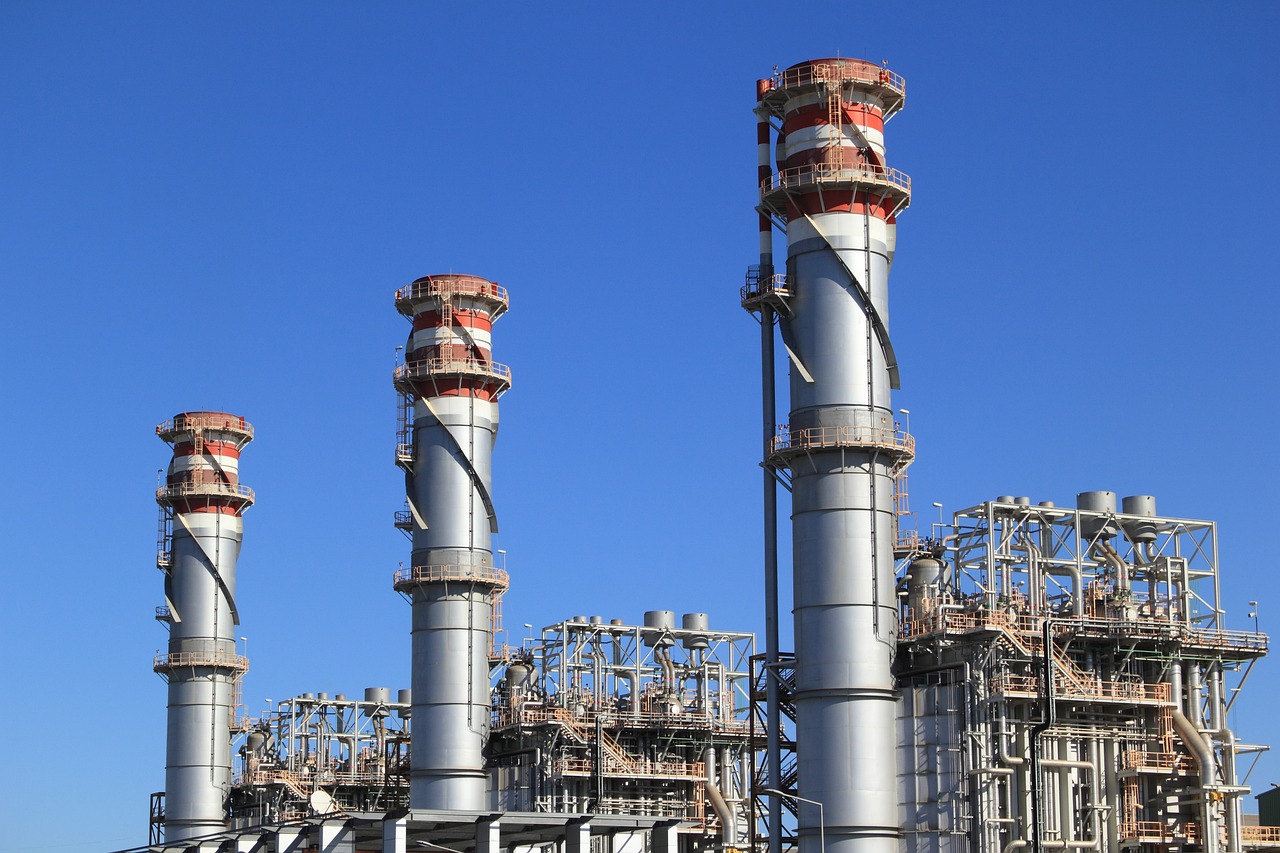Introduction:
As the world grapples with the urgent need to address climate change, the field of chemical engineering is at the forefront of innovative solutions. One such transformative frontier is Carbon Capture and Utilization (CCU), a pioneering approach that not only mitigates carbon emissions but also harnesses captured carbon for valuable applications. In this article, we delve into the world of CCU, exploring its technologies, applications, and the profound impact it can have on the chemical engineering landscape.
Carbon Capture and Utilization: A Climate Change Mitigation Strategy
Carbon Capture and Utilization involves capturing carbon dioxide (CO2) emissions from industrial processes and power plants and repurposing this captured carbon for productive use rather than releasing it into the atmosphere. This dual-purpose strategy addresses both the reduction of greenhouse gas emissions and the creation of a sustainable pathway for carbon utilization.
Technologies Driving CCU Advancements
Chemical Absorption:
Chemical absorption processes involve using solvents to capture CO2 from flue gases. Once captured, the CO2 can be converted into valuable products.
Adsorption Technologies:
Adsorption methods use solid materials to adsorb CO2, allowing for separation and subsequent utilization.
Biological Processes:
Biological CCU employs microorganisms or algae to capture and convert CO2 into biomass, biofuels, or other bio-based products.
Mineralization:
Mineralization involves the reaction of CO2 with minerals to form stable carbonates, providing a geological storage solution.
Applications of Captured Carbon
Production of Fuels:
Captured carbon can be converted into synthetic fuels such as methane, ethanol, or even aviation fuels through processes like Fischer-Tropsch synthesis.
Chemical Synthesis:
Utilizing CO2 as a feedstock in chemical synthesis can lead to the production of valuable chemicals, including polymers and specialty chemicals.
Construction Materials:
Carbon capture can contribute to the production of sustainable building materials, such as concrete or aggregates, through mineralization processes.
Enhanced Oil Recovery (EOR):
Captured CO2 can be utilized in enhanced oil recovery processes, increasing oil extraction efficiency while safely sequestering carbon underground.
The Environmental and Economic Impact of CCU
Climate Change Mitigation:
By capturing and utilizing CO2, CCU contributes significantly to mitigating climate change by reducing greenhouse gas emissions from industrial activities.
Resource Efficiency:
CCU enhances resource efficiency by transforming waste CO2 into valuable resources, creating a circular economy approach.
Economic Opportunities:
The utilization of captured carbon creates economic opportunities through the development of new industries, job creation, and the production of high-value products.
Challenges and Future Outlook
While CCU holds immense promise, challenges such as scalability, economic viability, and energy requirements need to be addressed. Continued research and development are crucial to overcoming these challenges and unlocking the full potential of CCU in diverse industries.
Conclusion: Paving the Way for a Sustainable Future
Carbon Capture and Utilization stands as a beacon of hope in the battle against climate change, showcasing the transformative power of chemical engineering. By reimagining carbon emissions as valuable resources rather than environmental pollutants, CCU pioneers a path toward a sustainable and circular economy. As advancements in CCU technologies continue to unfold, chemical engineers are at the forefront of a movement that could reshape industries, reduce carbon footprints, and propel us toward a more sustainable and resilient future.














